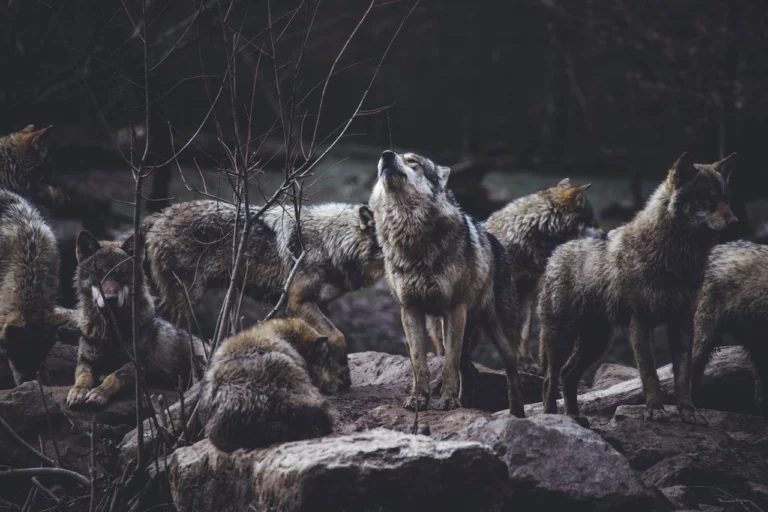animals
This old lynx rules the Börzsöny mountain – video

Experts: we had better learn to coexist with apex predators again in Hungary

Police arrested a penguin today in Budapest – here is why, PHOTOS
The first Hungarian car safari reopens close to Budapest!

Unique Hungarian meat products to hit the European market

Iconic Hungarian dog breed could face extinction

Animal abuser resist police arrest in Budapest – VIDEO
Grey wolves killed in Hungary without punishment? – 18+

Budapest Zoo ranked among Europe’s best! – Programme Guide

Lamb with five legs born in Hungary!
Hungarians scientists discover the world’s smallest snail species
Brutal! Animals kept in adverse conditions and starved to death – VIDEO
More bird flu detected in Hungary

Foreign hunters kill hundreds of wild game in Hungary

Budapest is the world’s seventh dog-friendliest city!

Do dogs understand languages? Hungarian research has the answer

Where is the black panther? Here is where it was spotted last in Hungary






